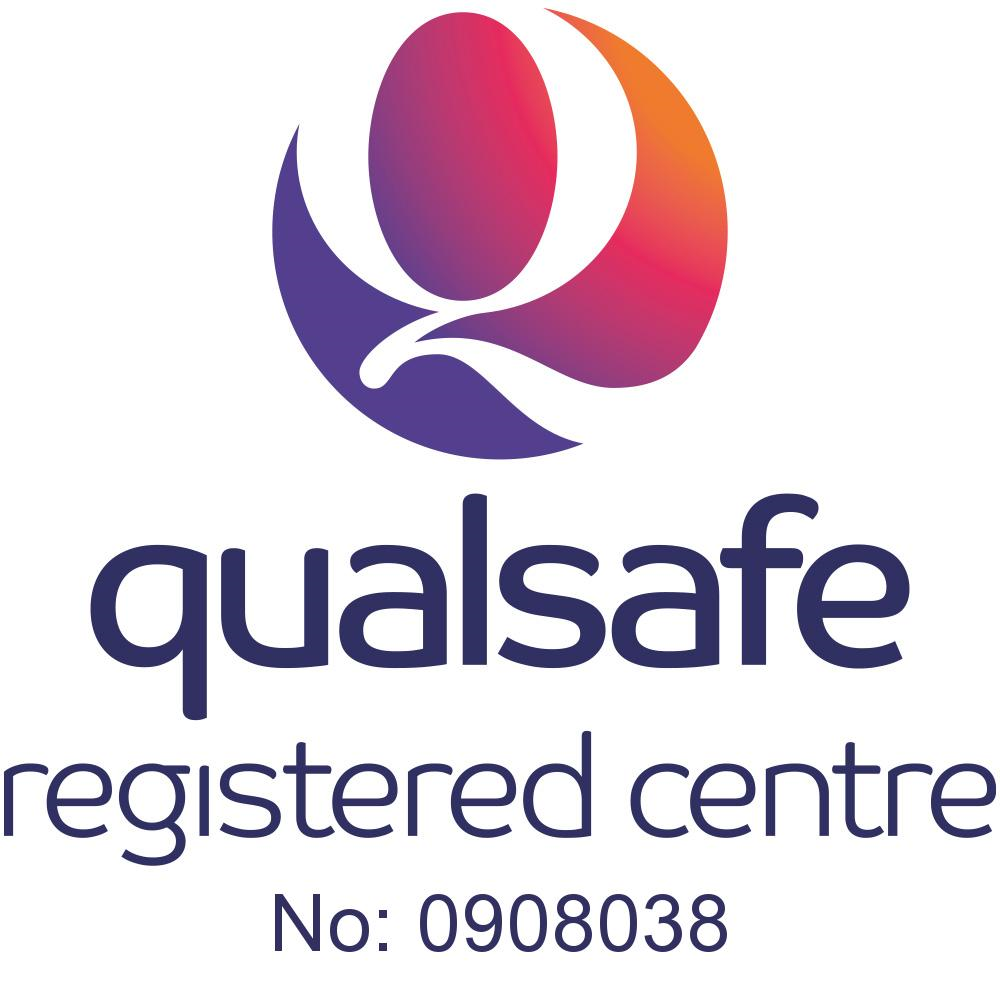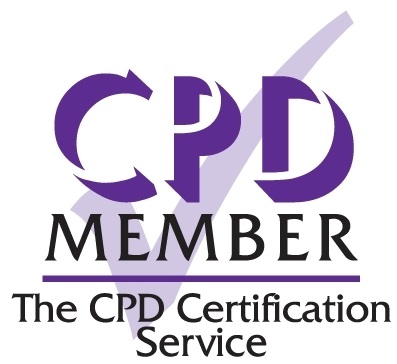Safeguarding Adults
Learning Outcomes
- Describe abuse and its different types, recognising the diverse forms it can take and its impact on individuals.
- Explain legislation, policies, and procedures relevant to safeguarding adults, ensuring understanding of legal obligations and responsibilities.
- Identify groups more at risk of abuse including elderly adults and those with mental or physical disabilities.
- Define the various types of abuse Define the various types of abuse
- State the signs and symptoms of abuse including both observable physical injuries and subtle emotional cues.
- Describe the actions to take if abuse is suspected, highlighting unsafe practices and offering strategies for reducing the likelihood of abuse.
- Explain safeguarding reporting forms and the importance of multi-agency collaboration in addressing safeguarding concerns.
Aim
The aim of this course is to provide learners with a deeper understanding of why elderly individuals and vulnerable adults are at a higher risk of abuse due to their specific vulnerabilities. Learners will explore the types of abuse, signs and symptoms of abuse, and the appropriate actions to take if abuse is suspected. The course also covers key processes, including reporting and recording abuse, and the best practices for preserving evidence in line with safeguarding protocols.
Why Customers would Benefit from the Safeguarding Adults Training Course?
The Safeguarding Adults course is essential for healthcare professionals, carers, and anyone working with vulnerable adults. It equips learners with the knowledge and skills needed to recognise abuse, respond effectively, and safeguard individuals who may be at risk, particularly elderly or disabled adults. This course helps ensure that professionals can identify warning signs of abuse, follow proper reporting protocols, and understand how to maintain a safe environment for vulnerable individuals.
By completing this course, learners will be able to confidently handle safeguarding situations, understand the legal and ethical responsibilities involved, and contribute to creating a safer care environment for adults at risk. The course empowers professionals to reduce the likelihood of abuse, improve care quality, and enhance the well-being of the individuals in their care.

Key Benefits for Customers:
Comprehensive Understanding of Abuse
Learn the different forms of abuse (physical, emotional, sexual, financial) and how to identify them in adult care settings.
Enhanced Legal and Ethical Awareness
Understand the legislation, policies, and procedures surrounding safeguarding, ensuring compliance with regulations.
Increased Ability to Identify Vulnerable Groups
Recognise the signs of abuse and understand which groups, such as the elderly and disabled, are more vulnerable to harm.
Improved Reporting and Documentation Skills
Learn the correct procedures for reporting abuse, using safeguarding reporting forms, and engaging with multi-agency safeguarding processes.
Actionable Strategies for Preventing Abuse
Gain practical skills to reduce the likelihood of abuse and manage unsafe practices effectively.
Enhanced Care Quality
By recognising and addressing abuse, learners can contribute to providing a safer, more supportive environment for vulnerable adults.
Professional Confidence
Equip yourself with the knowledge to handle safeguarding concerns professionally, ensuring you can confidently protect adults in your care
Improved Safeguarding Culture
Promote a safer environment for vulnerable adults, fostering trust and respect in care settings by ensuring that all staff are well-trained in safeguarding practices.
Let’s Talk About Your Training Needs
Our friendly team is ready to help you build the right training solution for your care setting.
Safeguarding Adults
Course
Safeguarding Adults
Level
2
Practical
No
Duration
2-3 Hours
Certificate Length
2 Years
Number of Delegates
12
What Our Customers Say About Us

Registered Manager
Residential Care Home

Domiciliary Care Provider
Residential Care Home


